Induction lighting offers quick payback times

Payback periods of less than 18 months are claimed by Electrical Installation Services (EIS) by using induction lighting for warehouses in use for 24 h a day. Managing director Steve Neeves says, ‘Much has been made of LED lighting systems in recent years, but this technology has its limitations, particularly in larger-volume buildings commonplace in the industrial sector. EIS has been working closely with manufacturers of induction lighting, which provides more suitable light spread for higher level installations, to develop cost-effective and energy-saving lighting solutions.’
Induction lamps work by passing a magnetic field through a mercury gas from outside the lamp, which excites the gas to produce ultra-violet light, which is converted to visible light by a phosphor coating.
Because there are no electrodes in the lamps their life ranges from 60 000 to 100 000 h. Their efficacy is 60 to 90 lm/W. Savings in energy and maintenance range from 35 to 55%.
EIS project manager Stuart Olley has developed low-energy induction light schemes for a number of major companies. These schemes use sophisticated fittings and controls to provide internal areas with excellent levels of light, colour rendering and significantly reduced energy consumption.







